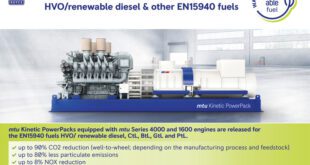Setting up solar panel systems can be virtually a routine for the professional installer nevertheless for anyone else, every property generally can present a unique series of challenges to assess and get over for you to fit a solar panels heating system.
Exposure to the Sun
Before you acquire a collection of solar panel systems you need to work out if you are likely to get enough sun exposure making it an advisable investment. For those who have an excessive amount of cloud cover and not a sufficient amount of direct sun exposure then it could possibly take to much time to get back your expenditure and various options for instance taking a look at tips on how to make a windmill can be a better option.
Luckily for us, these days there are many internet sites out there to either plot a course to your dwelling or otherwise add in with your particulars and you will probably get told not simply if it’s worthwhile but also the best way to install solar panels.
When you are fitting solar panels for your house, you should also consider whether you want flush or tilted panels. Most professional installers will simply align them in line with the roof and that is usually good enough but based on your geographical area you might want a different setup. For those who have a flat roof then you may still want a slight tilt to stop inefficiencies which could occur from collecting dust, dirt and water.
Solar Panels Fittings
There’s no such thing as a roof that wont take a solar panel array and a solution can certainly be determined.
Brackets or posts are typically fixed via bolts or steel pins that penetrate joists or rafters. It is extremely common, particularly for tilted roofs, to put down an extended rail on the brackets into which the solar panels can then be slid.
Sometimes there may be problems based on the way the roof is tiled or if some unusual technique of design has been utilized to create the roof but, as stated earlier, this is usually surmountable.
Assembling The Array – Panels And Conduits
Solar power panels are piecemeal and easily aligned in a grid arrangement, specifically if you are using rails. For added strength, panels are typically fixed together in addition to to the rail or brackets.
Further connections should be made for solar panel panels when compared with Photovoltaic panels for the supply and the return feeds.A trunk/conduit will then be attached to the roof for connecting the panels to the inverter.
The system is complete. In most areas it may be wise to add weather proofing at this point.
 Alternative Energy HQ solar power for homes, wind energy, and bio fuel issues
Alternative Energy HQ solar power for homes, wind energy, and bio fuel issues






